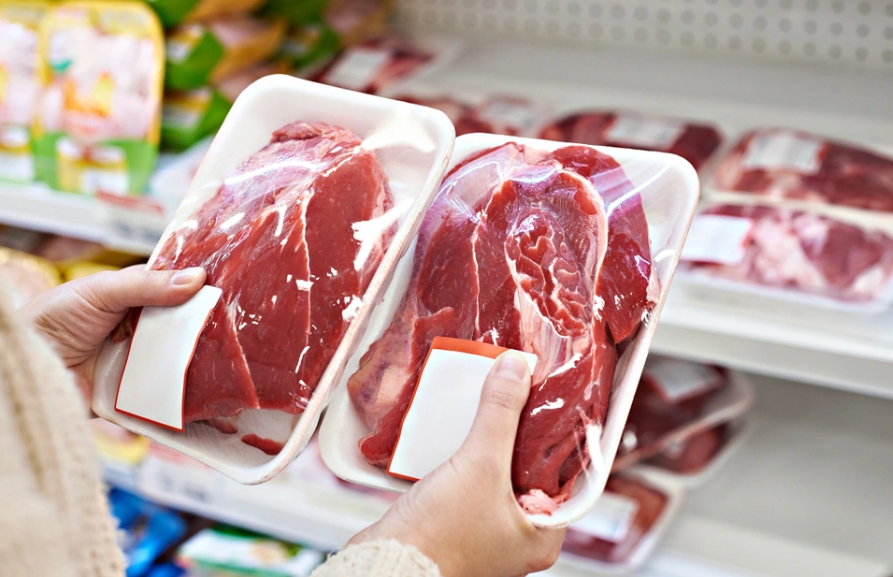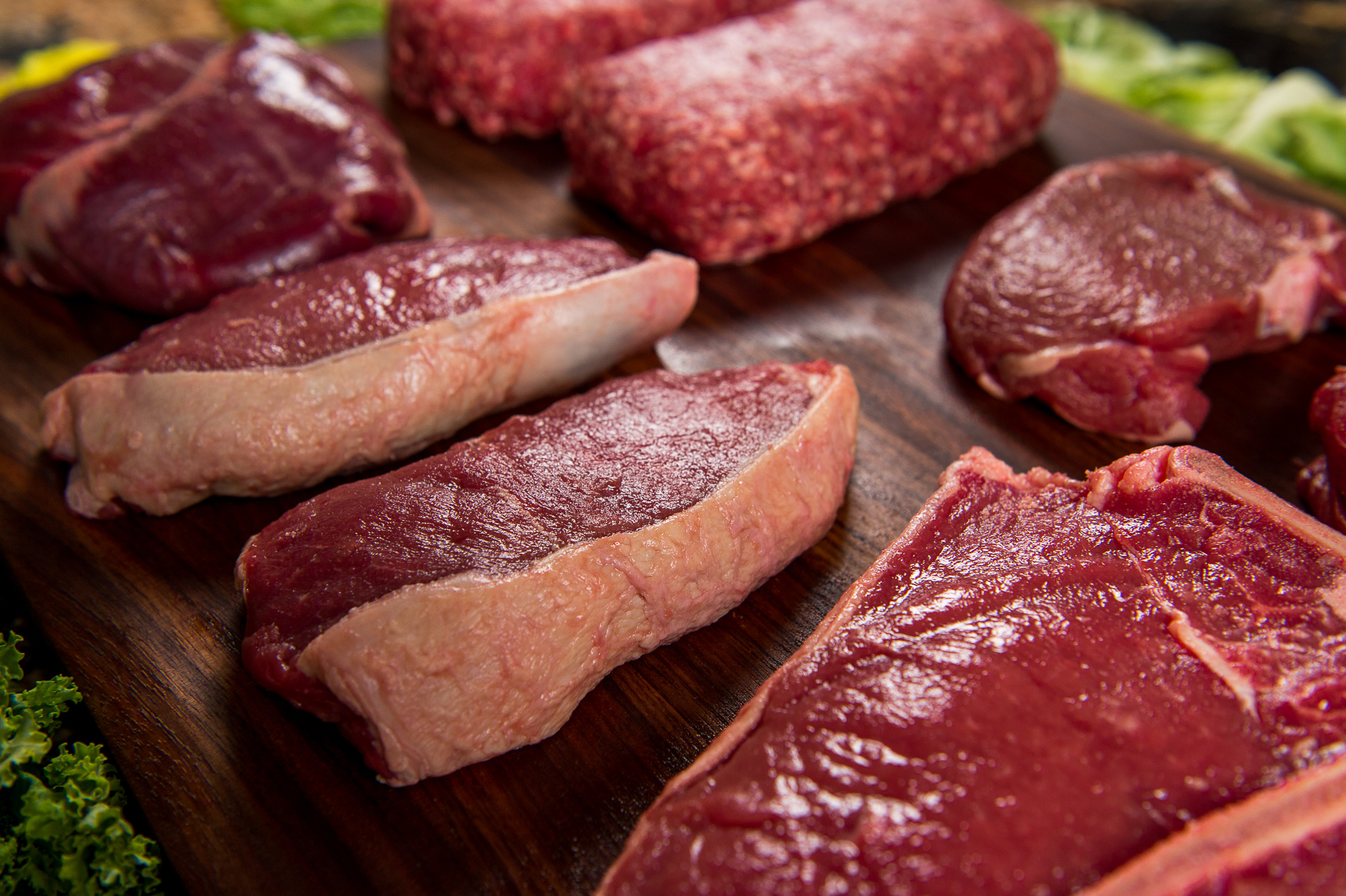How to Choose Organic Beef for a Low-Fat Diet

Are you on a quest to maintain a low-fat diet without compromising on taste and nutrition? Choosing the right organic beef can be a game-changer. Imagine biting into a juicy, flavorful steak that not only satisfies your taste buds but also aligns with your health goals. In this comprehensive guide, we'll walk you through the essential tips for selecting the best organic beef for your low-fat diet.
Understanding the Benefits of Organic Beef
Nutritional Benefits
Organic beef, particularly grass-fed beef, is a powerhouse of nutrients. It's rich in lean protein, which is crucial for muscle repair and growth. Additionally, it contains essential vitamins and minerals like iron, zinc, and B vitamins. Unlike conventional beef, organic beef is free from antibiotics and hormones, making it a healthier choice.
Dietary Fat Considerations
When it comes to a low-fat diet, the type of fat matters. Organic, grass-fed beef has a better fatty acid profile compared to grain-fed beef. It contains higher levels of omega-3 fatty acids, which are beneficial for heart health. This makes it a smarter choice for those watching their dietary fat intake.
Tips for Choosing Organic Beef
Look for Certified Organic Labels
One of the first things to check when buying organic beef is the certification label. Look for labels like "USDA Organic" or "Certified Organic." These labels ensure that the beef meets strict standards for organic farming practices, including no use of synthetic pesticides or fertilizers.
Opt for Grass-Fed Beef
Grass-fed beef is not only more nutritious but also tends to be leaner. Cattle that are grass-fed have a diet that is more natural, leading to healthier meat. Grass-fed beef is also higher in conjugated linoleic acid (CLA), a type of fatty acid that has been linked to various health benefits.
Check the Fat Content
When selecting cuts of beef, pay attention to the fat content. Lean cuts like sirloin, flank steak, and tenderloin are excellent choices for a low-fat diet. These cuts have less marbling and are lower in saturated fats.
Consider the Source
Knowing where your beef comes from is crucial. Look for local farmers or butchers who can provide information about their farming practices. Buying from reputable sources ensures that you are getting high-quality, organic meat.
Preparing Organic Beef for a Low-Fat Diet
Cooking Techniques
The way you cook your beef can significantly impact its fat content. Opt for cooking methods like grilling, broiling, or roasting, which allow excess fat to drip off. Avoid frying, as it can add unnecessary fats.
Seasoning and Marinades
Using herbs, spices, and low-fat marinades can enhance the flavor of your beef without adding extra fat. Experiment with different combinations to find what you like best.
Portion Control
Even with lean cuts, portion control is key. Aim for a serving size of about 3-4 ounces, which is roughly the size of a deck of cards. This ensures you get the nutritional benefits without overdoing it on the fat.
The Role of Organic Beef in a Balanced Diet
Organic beef can be a valuable part of a balanced diet. It provides essential nutrients and can be a satisfying source of lean protein. When incorporated into a diet rich in fruits, vegetables, whole grains, and healthy fats, organic beef can contribute to overall health and well-being.

Conclusion
Choosing the right organic beef for a low-fat diet doesn't have to be complicated. By looking for certified organic labels, opting for grass-fed beef, and selecting lean cuts, you can enjoy the nutritional benefits without compromising your health goals. Remember, the source of your beef and the way you prepare it also play crucial roles.
So, are you ready to elevate your low-fat diet with delicious, nutritious organic beef? Start by applying these tips and enjoy the journey to a healthier you.
FAQs
What is the difference between organic and grass-fed beef?
- Organic beef refers to beef that is produced without the use of synthetic pesticides, fertilizers, antibiotics, or hormones. Grass-fed beef comes from cattle that are primarily fed grass, which can lead to a leaner, more nutritious meat.
Is organic beef always low in fat?
- Not necessarily. While organic beef can be leaner, especially if it's grass-fed, the fat content can vary depending on the cut and the specific farming practices. Always check the labels and choose lean cuts for a low-fat diet.
How can I tell if beef is truly organic?
- Look for certification labels like "USDA Organic" or "Certified Organic." These labels ensure that the beef meets strict organic farming standards.
What are some lean cuts of beef suitable for a low-fat diet?
- Lean cuts of beef include sirloin, flank steak, tenderloin, and round steak. These cuts have less marbling and are lower in saturated fats.
Can I still enjoy beef if I'm on a low-fat diet?
- Absolutely! By choosing lean, organic cuts and preparing them with low-fat cooking methods, you can enjoy beef as part of a balanced, low-fat diet.

By following these guidelines, you can make informed choices and incorporate organic beef into your low-fat diet with confidence. Happy cooking!

Belum ada Komentar untuk "How to Choose Organic Beef for a Low-Fat Diet"
Posting Komentar